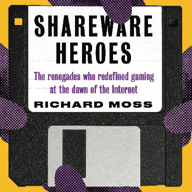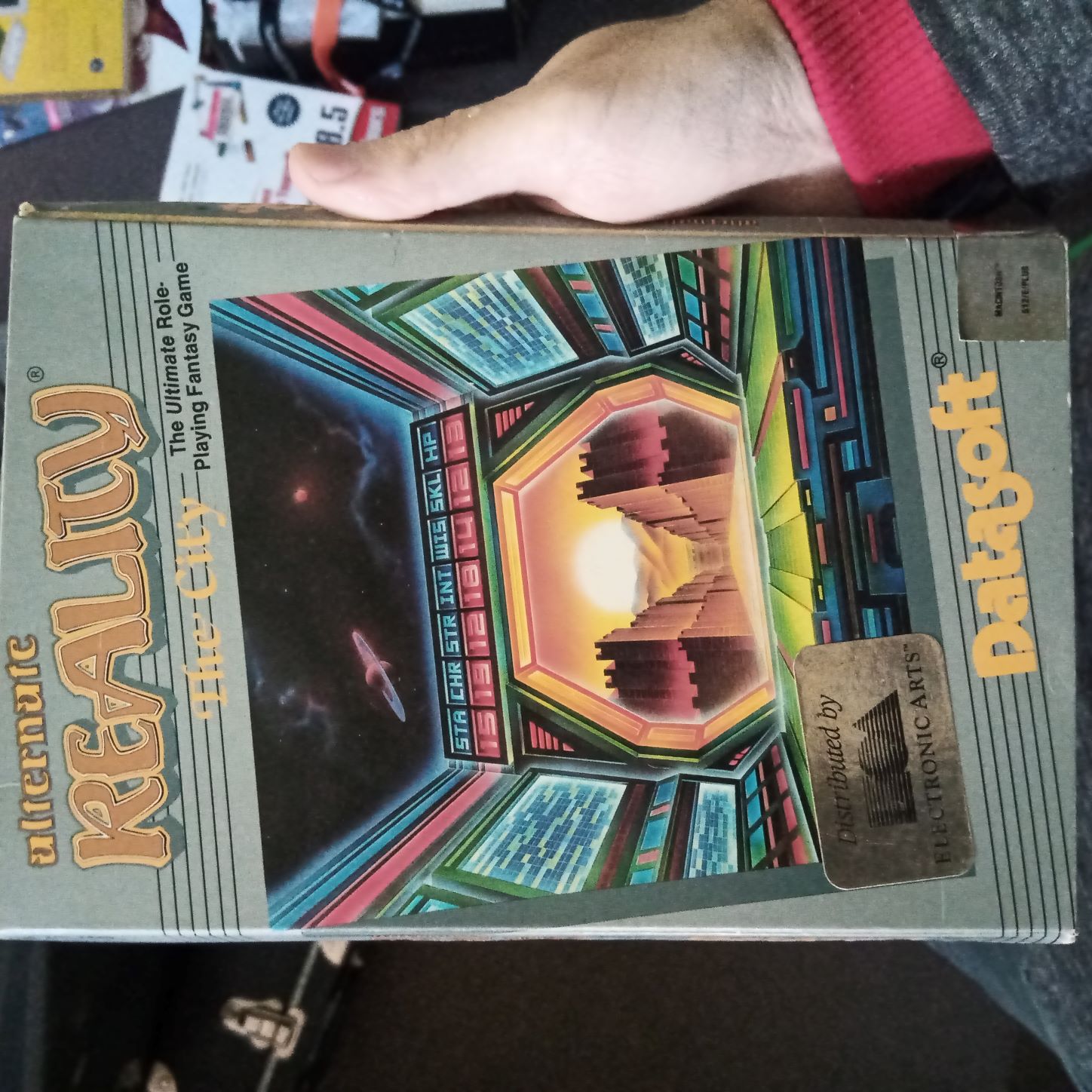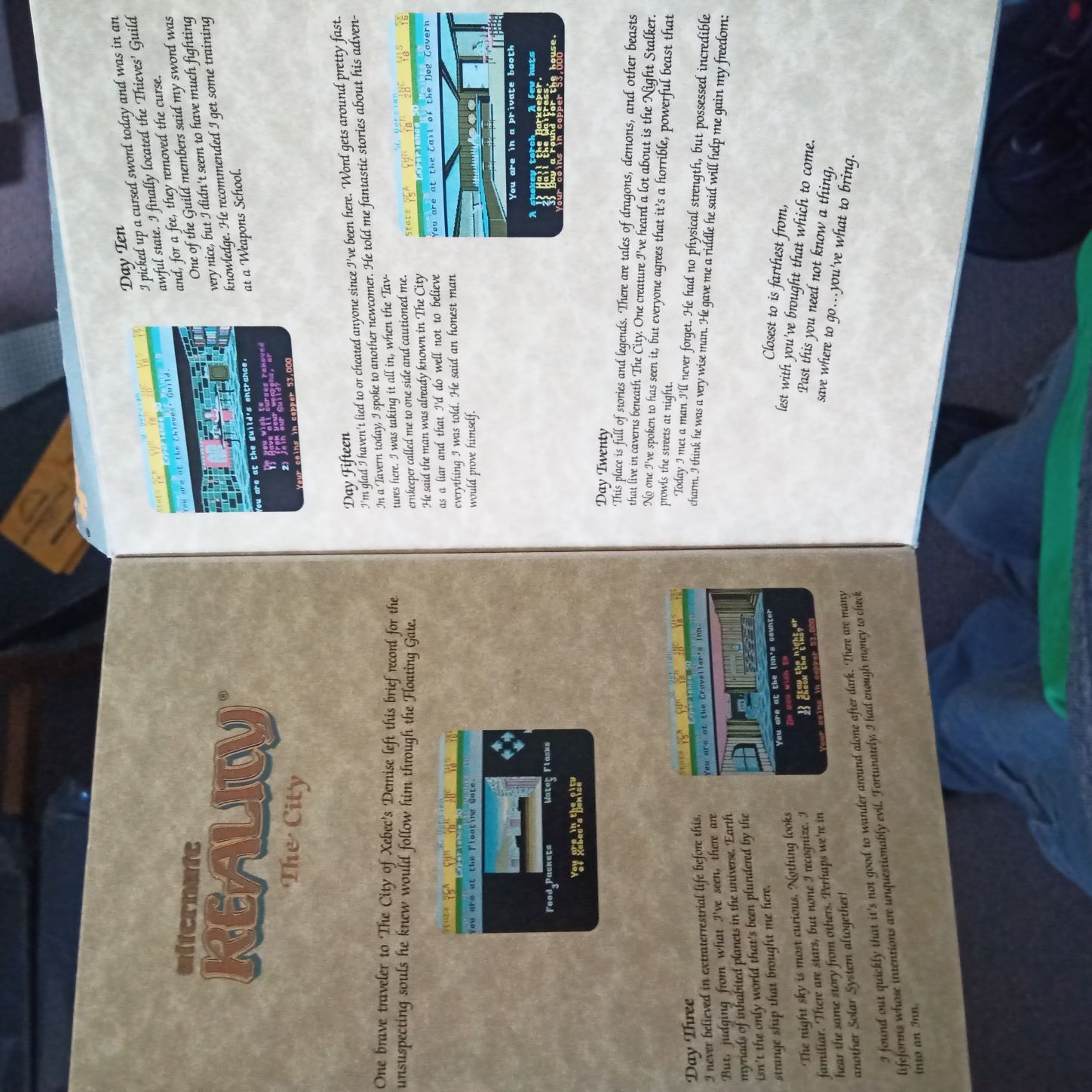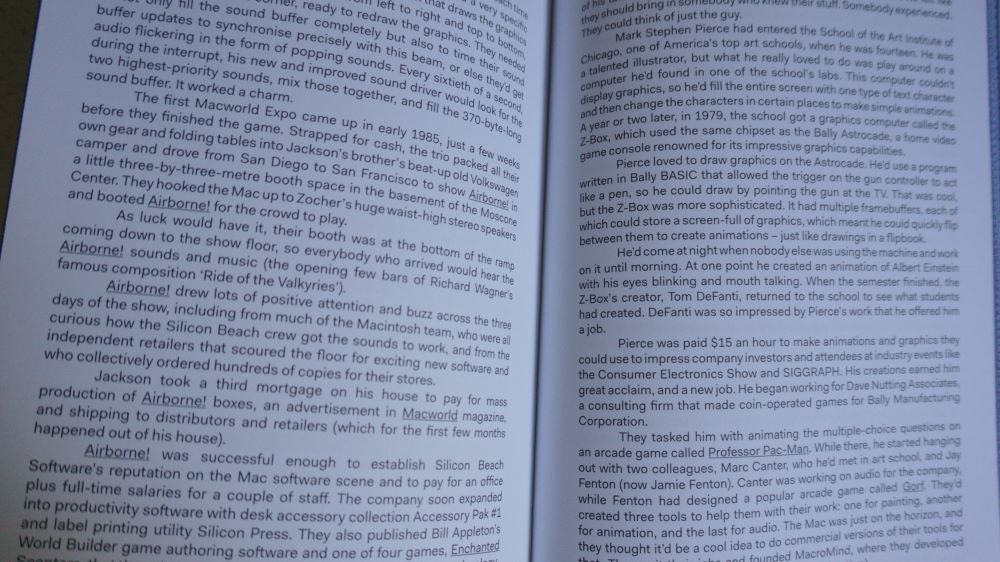
Glider was often called the quintessential Mac game, and for good reason — it hard charm, whimsy, quirkiness, and a friendly, open sense of discoverability about it. And creator John Calhoun managed to squeeze it down to 32 pixels by taking his paper plane sprite, a heating vent (used in the game to provide lift, so that the plane can return to the top of the screen for a fresh descent), and some dots to visualise the air currents — everything you need to know about how the game works. Plus it looks fantastic.
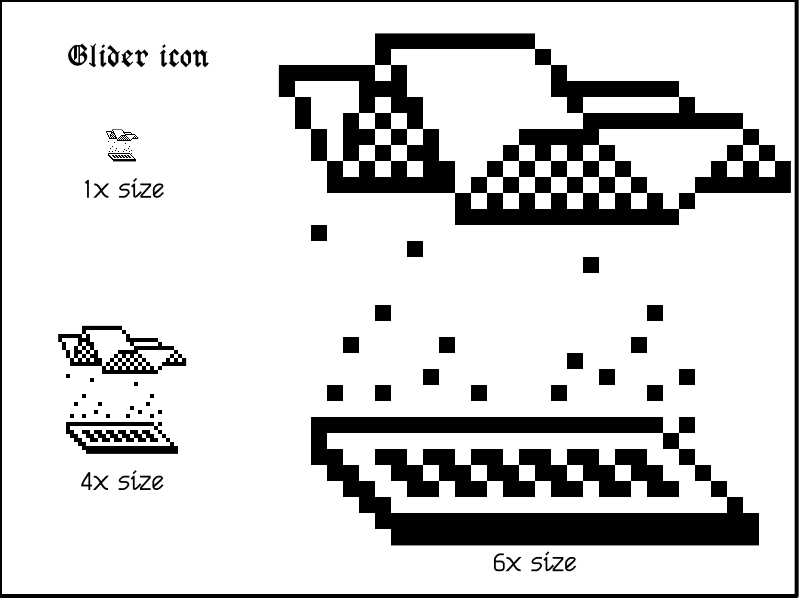
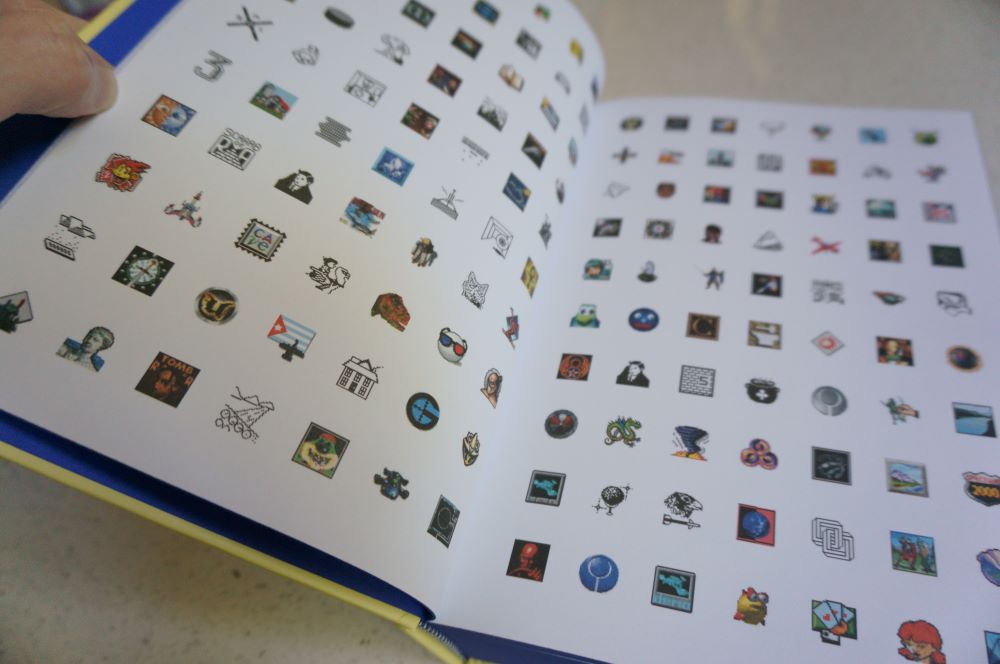


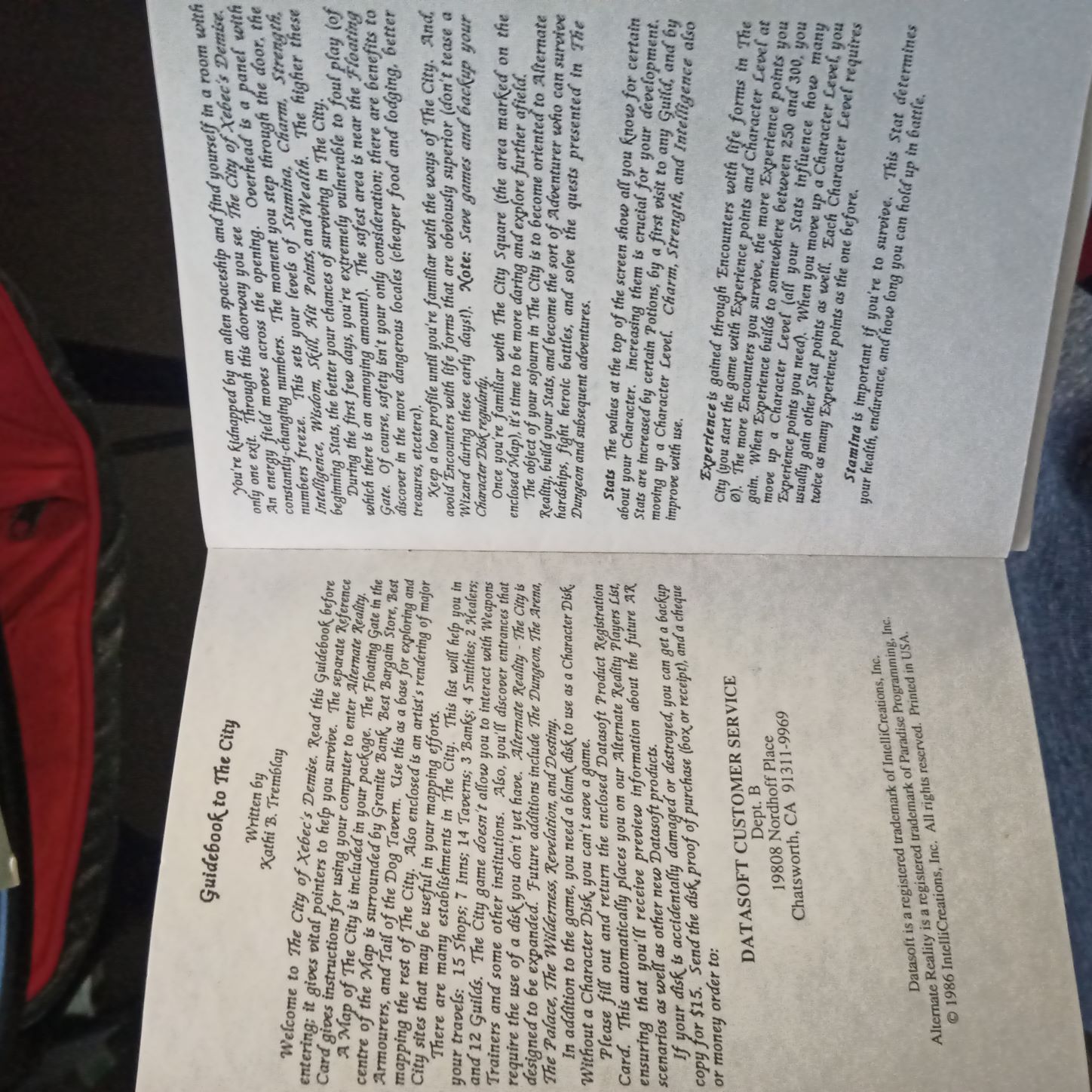
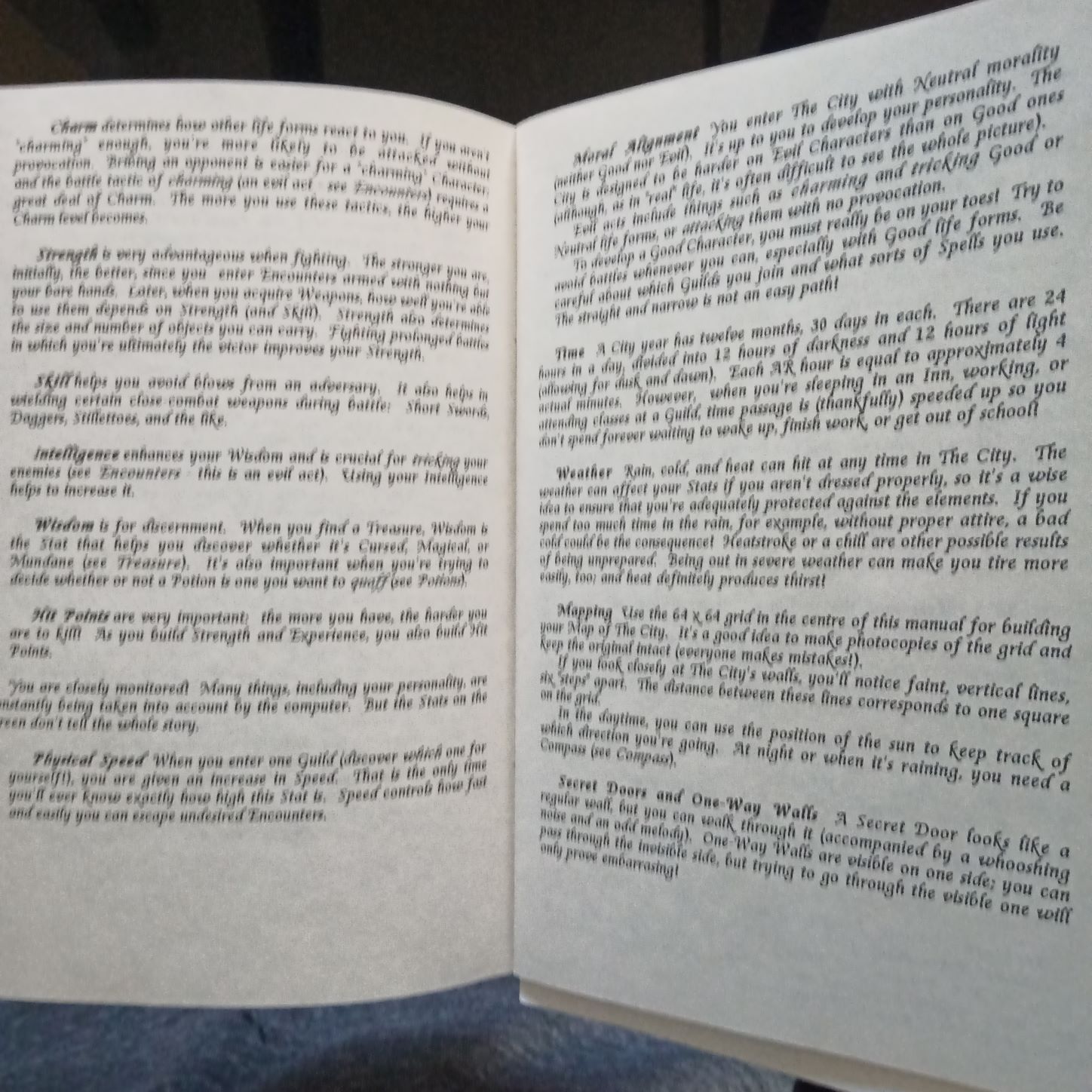
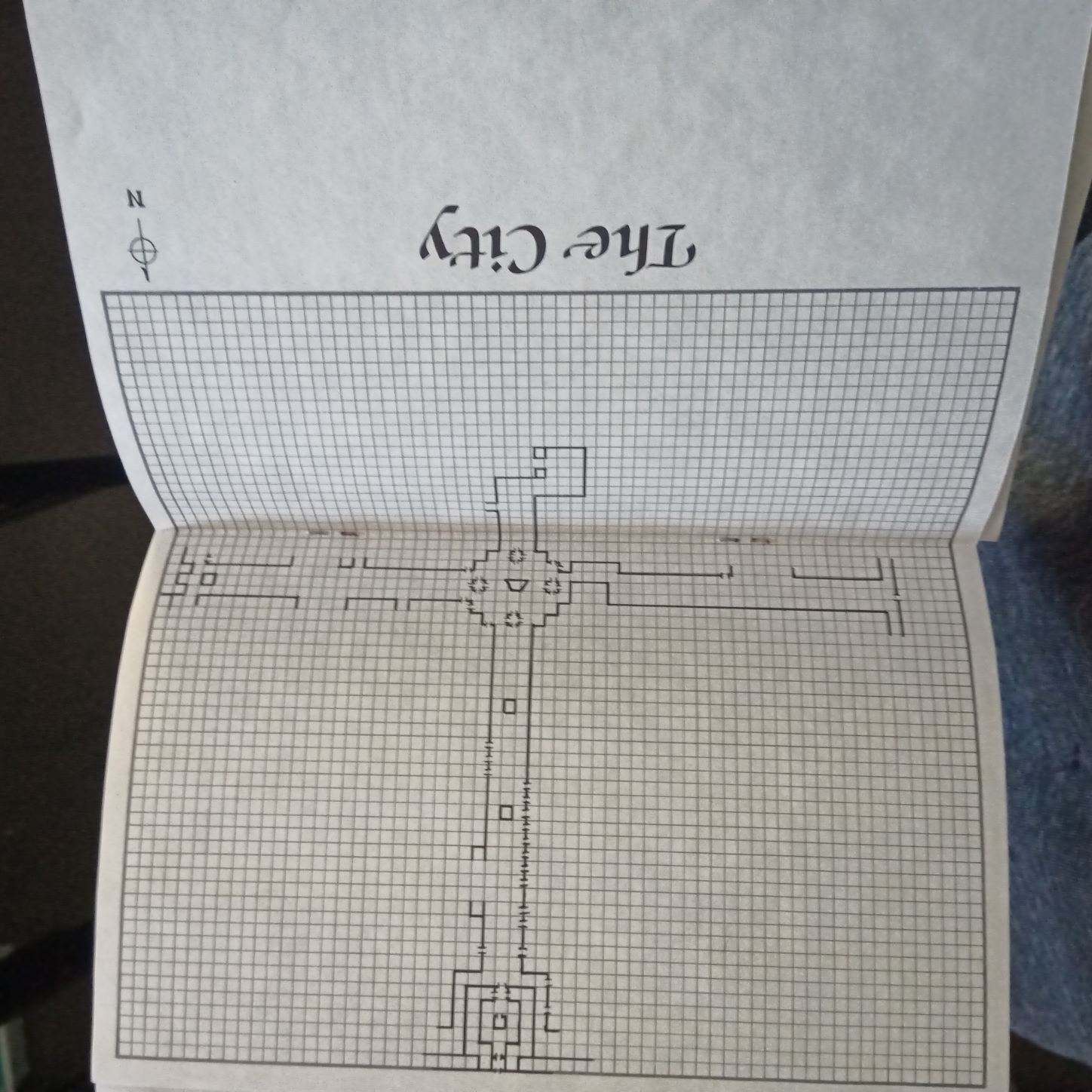
If you play The Quest from an unauthorized copy, it lets you play for long enough to read the introduction and go buy stuff from the shop. Then on the way out of the shop, a huge Red Dragoon and company appear from nowhere complaining about software pirates, drag you away to the dungeon, and the machine reboots.
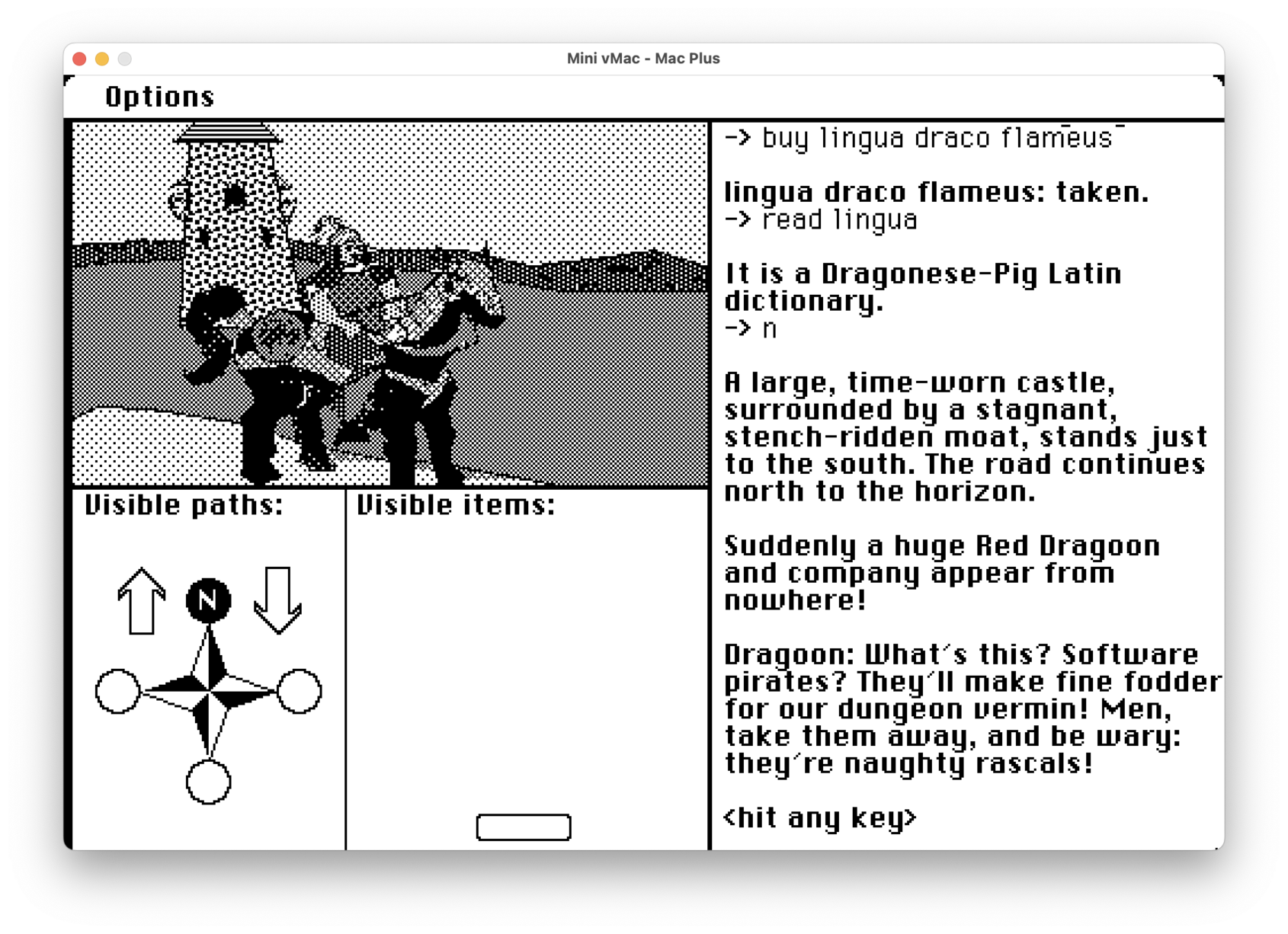
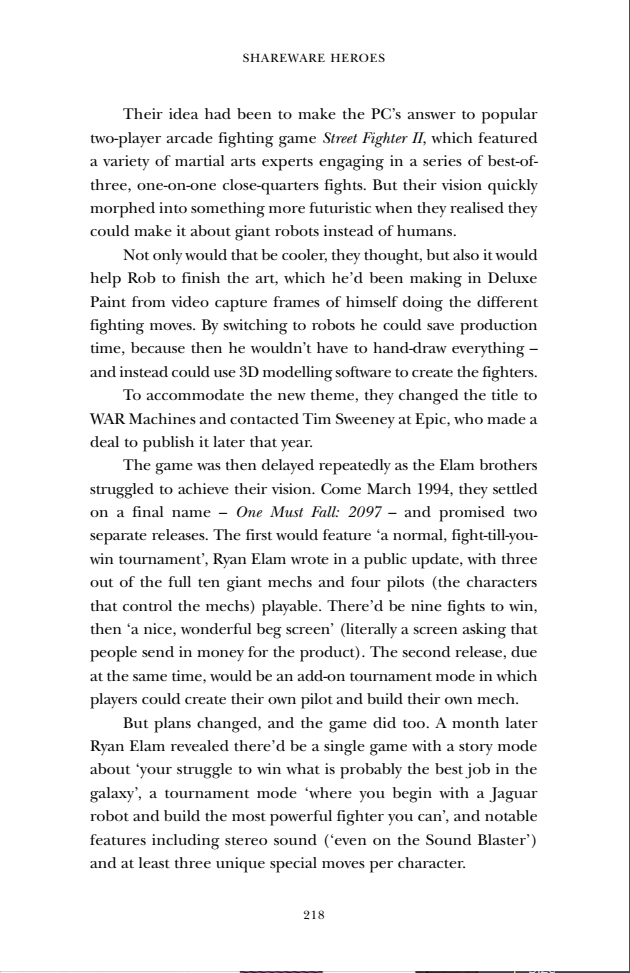
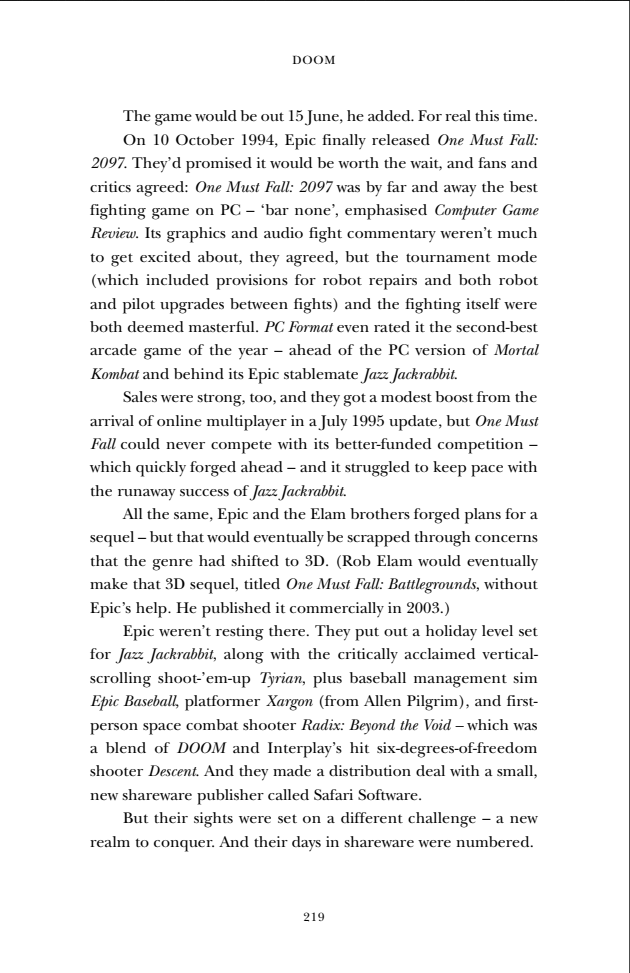
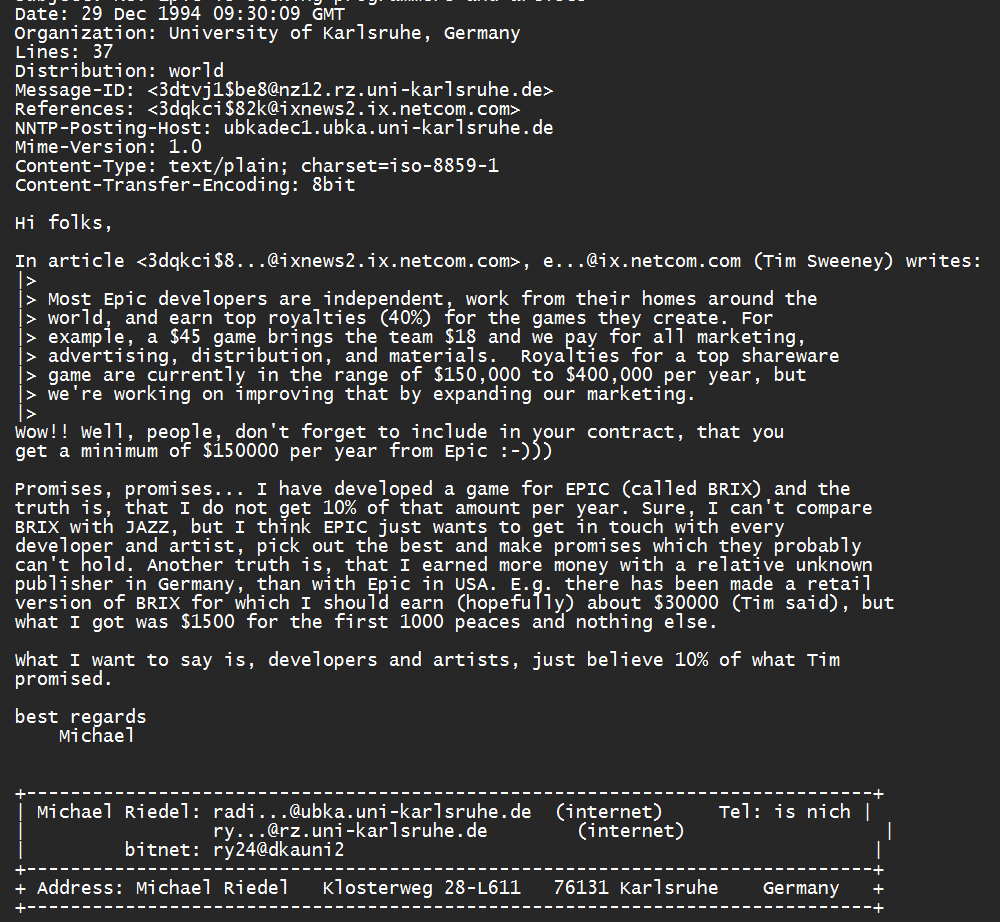
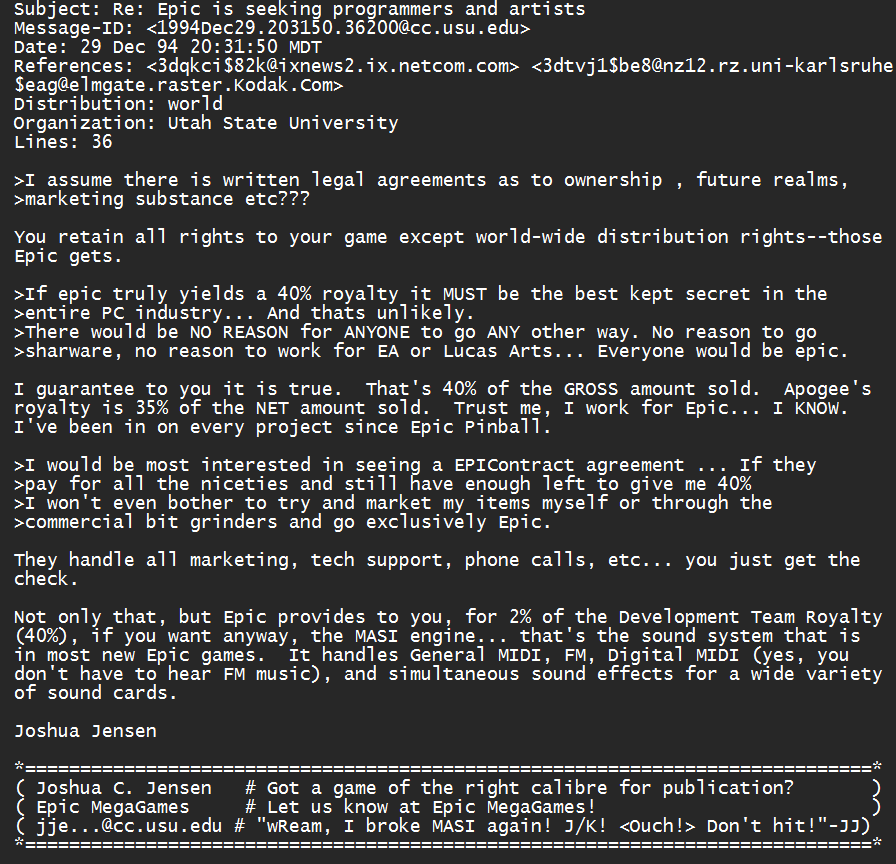
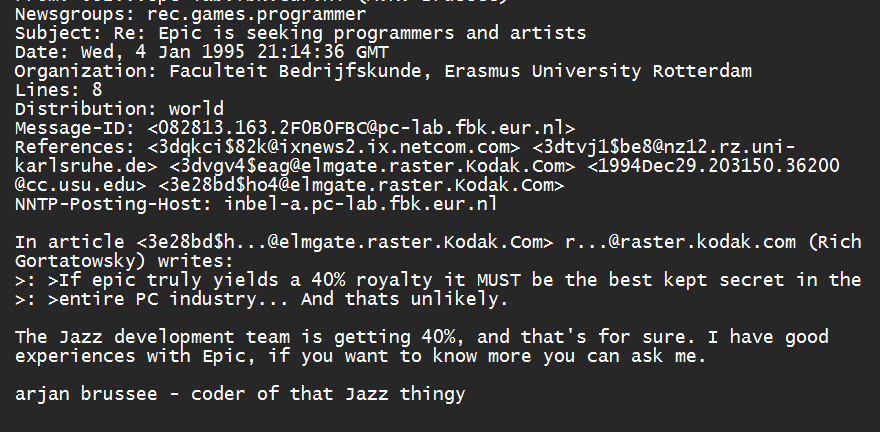
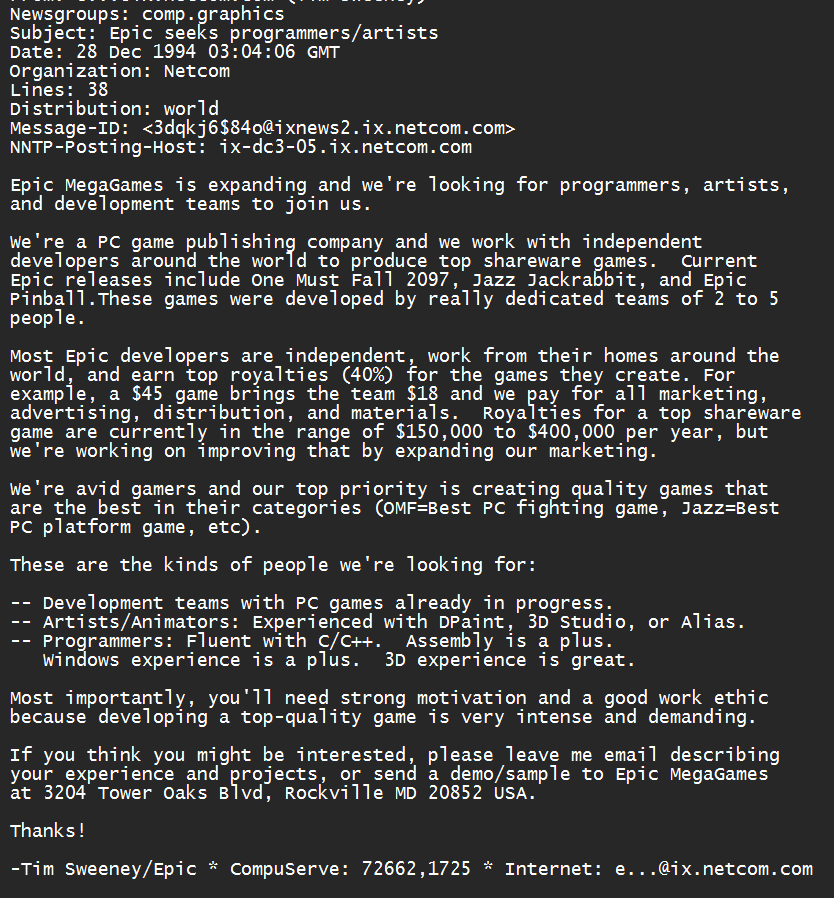
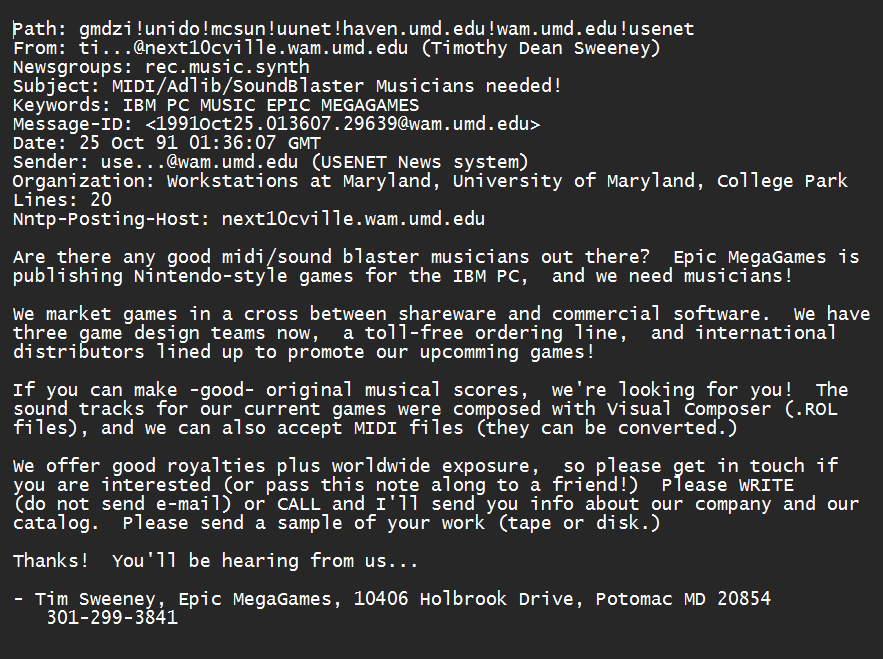
This year's conflict minerals report up, and it's concerning how many companies took their eye off the ball this year.
https://www.gamesindustry.biz/industry-shows-zero-improvement-on-conflict-minerals-sourcing
